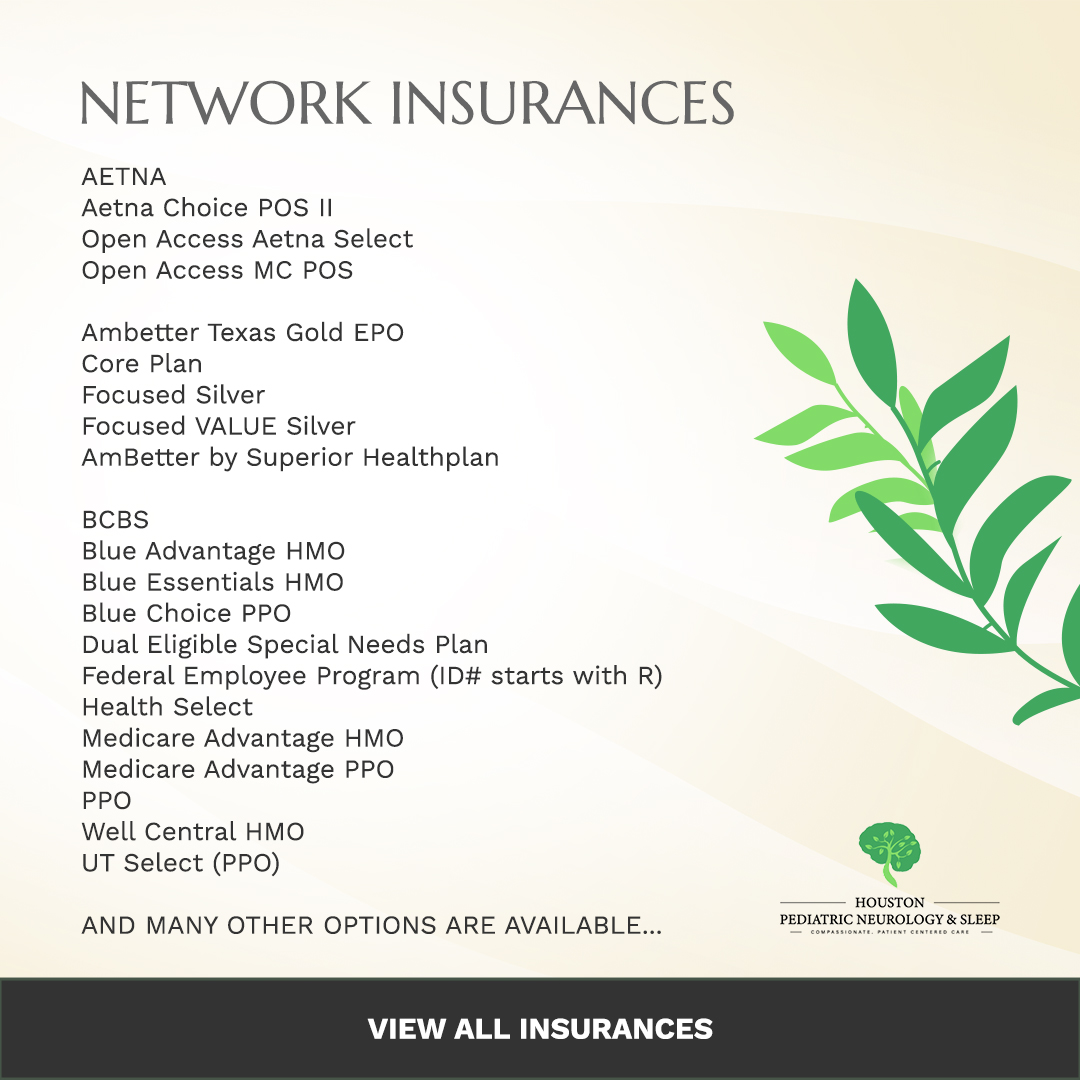
5 Essential Things You Should Know About Seizures and Epilepsy
Seizures and epilepsy affect millions worldwide, including children. Understanding the basics of seizures and epilepsy can help parents and caregivers provide the best support possible. Here are five essential things to know about seizures and epilepsy.
1. Understanding the Difference Between Seizures and Epilepsy
A seizure is a sudden burst of electrical activity in the brain that can temporarily alter behavior, movement, feelings, or levels of consciousness. While many may experience a single seizure due to factors like high fever, infection, or head trauma, epilepsy is a chronic neurological condition diagnosed when a person has two or more unprovoked seizures. It’s crucial to recognize that not all seizures are linked to epilepsy, but epilepsy itself requires careful and continuous management.
2. Types of Seizures and Their Symptoms
Seizures are classified into two main categories: focal and generalized. Focal seizures start in one area of the brain and may cause symptoms like confusion, muscle twitching, or unusual sensations. Generalized seizures, affecting both sides of the brain, include types like absence seizures (brief lapses in awareness) and tonic-clonic seizures (which may involve loss of consciousness, shaking, or muscle stiffness). Identifying seizure types can help tailor treatment to individual needs, so accurate diagnosis by a healthcare professional is key.
3. Common Triggers and Risk Factors
For individuals with epilepsy, certain triggers can increase the likelihood of a seizure. Common triggers include stress, lack of sleep, flashing lights, and certain medications. It’s also important to recognize that children with certain genetic conditions, brain injuries, or infections may be at a higher risk. Keeping a seizure diary can help identify specific triggers, allowing caregivers to minimize exposure and potentially reduce the frequency of seizures.
4. Treatment Options and Management Strategies
Although there is no cure for epilepsy, treatments can help manage and control seizures. Medications are often the first line of treatment, and a neurologist can recommend the best medication based on the child’s age, type of epilepsy, and overall health. In some cases, dietary changes (like a ketogenic diet), or neurostimulation may also be effective. Regular follow-ups with a neurologist are essential to monitor the child’s response to treatment and adjust strategies as needed.
5. Importance of Safety and Seizure First Aid
Having a seizure action plan and knowing basic seizure first aid can make a difference in a child’s safety. When a seizure occurs, it’s important to keep the child safe by gently guiding them to the ground, turning them on their side, and placing something soft under their head. Avoid putting anything in their mouth and wait until the seizure subsides. If a seizure lasts longer than five minutes, call emergency services immediately. Educating family members, teachers, and caregivers on seizure first aid can help ensure the child receives prompt and effective care.
Get in Touch with Houston Pediatric Neurology & Sleep Today
Navigating life with epilepsy can be challenging, but understanding the condition and having a strong support network can make a significant difference. By learning about seizure types, triggers, treatment options, and safety measures, families can help children with epilepsy live safer and more fulfilling lives. At Houston Pediatric Neurology & Sleep, Dr. Ahmad specializes in diagnosing and treating epilepsy in children, offering individualized care tailored to each child’s needs.
If you have concerns about your child’s seizures or are seeking expert guidance on managing epilepsy, schedule a consultation with Houston Pediatric Neurology & Sleep to discuss your child’s care plan and start building a brighter, healthier future. Visit our office in Houston or Sugar Land, Texas. Please call (832) 252-9320 or book online at www.pedneurosleep.com.









